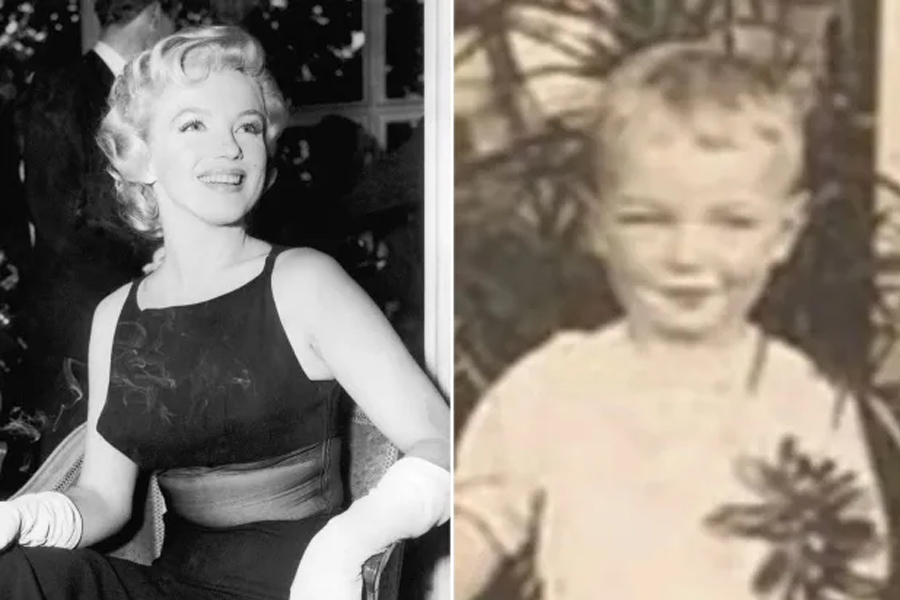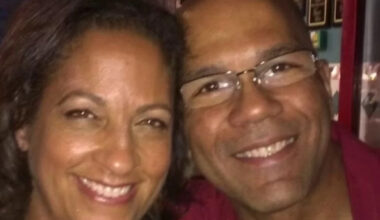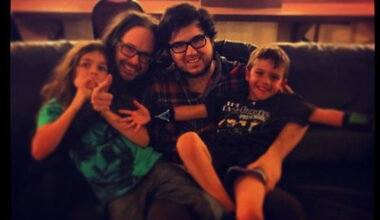Basic Information
| Field | Details |
|---|---|
| Full name | Robert Kermitt Baker |
| Born | circa 1918 (exact day/month vary between records) |
| Birthplace | California (reported in family/genealogy accounts) |
| Parents | Gladys Pearl Baker (mother); Jasper Newton “Jap” Baker (father) |
| Siblings / Half-siblings | Berniece Baker Miracle (half-sister); Norma Jeane (Marilyn Monroe) (half-sister); other paternal half-siblings noted in family trees |
| Died | reported 1932–1933 (teenage years; sources vary on year and cause) |
| Notes | Name appears in records with small spelling variations (Kermit / Kermitt); widely remembered in family histories rather than public record. |
Early impression — why this feels like a movie I wish I’d written
I first met Robert Kermitt Baker in the margins of other people’s biographies — a name drifting into focus like an extra in a scene that suddenly matters. Think film grain: a childhood framed in sepia, a father who moved the family to Kentucky, a mother whose life threaded through the later life of a global star. Robert’s story is the kind of B-roll that reshapes the main narrative once you notice it — small, quiet details that reroute what you thought you knew.
Timeline of the fragile facts
| Year | Event |
|---|---|
| c. 1918 | Birth of Robert Kermitt Baker in California (approximate year). |
| 1920s | Family upheavals: Gladys, Jasper, separations and relocations that split siblings between households. |
| early 1930s | Robert’s brief life ends (commonly reported as 1932–1933) while still a teenager. |
Numbers here are stubbornly fuzzy — dates slide by a year or two depending on which family tree you look at — but the arc is clear: short life, long echo.
The family constellation — introductions on the record and in memory
Families are like constellations: you draw lines between bright points and then inherit the shapes. In this family the brightest and most famous point is Norma Jeane — later known to the world as Marilyn Monroe — but the surrounding stars are essential.
- Gladys Pearl Baker (mother). The gravitational center of several difficult orbits: a woman whose life, for better or worse, became a central strand in Hollywood lore and family tragedy. Gladys’s history — including health struggles — changed the trajectories of her children, sending some to other caregivers and some into public notice years later.
- Jasper Newton “Jap” Baker (father). A father whose choices relocated children and whose later family branches show up in county records and private family trees. Jasper’s life produced more than one household, and his role was decisive in Robert’s upbringing.
- Berniece Baker Miracle (half-sister). A surviving sibling who later recounted family memories — the keeper of private anecdotes, the one who would explain how young lives were split and shuffled in the 1920s and 1930s.
- Norma Jeane / Marilyn Monroe (half-sister). The pop-cultural icon cast an enormous shadow back across the family — which is why even small figures like Robert become objects of curiosity. He inhabits the backstage of Marilyn’s epic: not a co-star, but a former scene partner whose lines never got spoken on camera.
Childhood and its interruptions — snapshots, not a feature film
If biography were cinema, Robert’s would be a short film: a series of vignettes, a montage of moving boxes, brief summers in Kentucky, school photos that might exist in private albums, and a final cut that arrives too soon. Reports place him in the care of his father for periods; they describe a childhood interrupted by the economic and emotional vagaries of the era. There are whispers — contradictory and unconfirmed — about accidents or illness; the record, however, never shows an adulthood lived in the public eye.
Career (or the lack of one) and a net worth that reads like zero
Here’s the blunt, almost cinematic truth: Robert Kermitt Baker did not grow into a public career. There are no storefronts to his name, no film credits, no professional listings. Financially, there’s nothing to tally — no estate filings, no public net-worth calculations. His life, as the surviving documents suggest, ended in adolescence, which leaves behind impressions and questions rather than bank statements.
Memory, myth and the social afterlife
What remains of Robert now lives in family trees, memorial pages, recycled posts, and the small communities that collect lost names. Social feeds treat him like a lost reel: a photo captioned with a year, a short paragraph that fills in a gap, a comment thread where readers connect his timeline to Marilyn’s rise. The myth-machine of celebrity reshapes him into a footnote of a larger story — but for a family, a footnote is still part of the sentence you inherit.
Why these small lives matter — and why I kept writing
I keep thinking of Robert as a cinematic cutaway: a brief close-up that changes how we read the whole scene. When you strip away the Hollywood glare, what remains is a human life with an entrance and an exit, and the family around him — Gladys, Jasper, Berniece, Norma Jeane — becomes less like a lineup of characters and more like the messy, persistent thing it really is: people who intersect, depart, miss one another, or carry one another’s names forward. I tell this story in the first person because every time I map these small lines, I feel the grooves of history under my fingertips — like a record you’ve just put on to listen to the cracks.
FAQ
Who was Robert Kermitt Baker?
Robert Kermitt Baker was a child born circa 1918 to Gladys Pearl Baker and Jasper Newton “Jap” Baker, known today mainly as a half-brother in the family that included Norma Jeane (Marilyn Monroe).
Did Robert have a public career?
No — there is no evidence of an adult career; most records and mentions describe him as having died in his teens.
What are the exact birth and death dates?
Exact day and month vary between accounts; the commonly reported birth year is 1918 and reported death years fall around 1932–1933.
How is Robert related to Marilyn Monroe?
He is an older half-brother: they shared their mother Gladys Pearl Baker but were raised separately during much of their childhoods.
Are there photos or memorials of Robert?
Yes, scattered family and memorial pages host photos and short remembrances, though most material appears in private genealogy collections and reposts online.
Did Robert leave descendants?
There is no public record indicating descendants; available information suggests he died young and did not have a documented family of his own.



